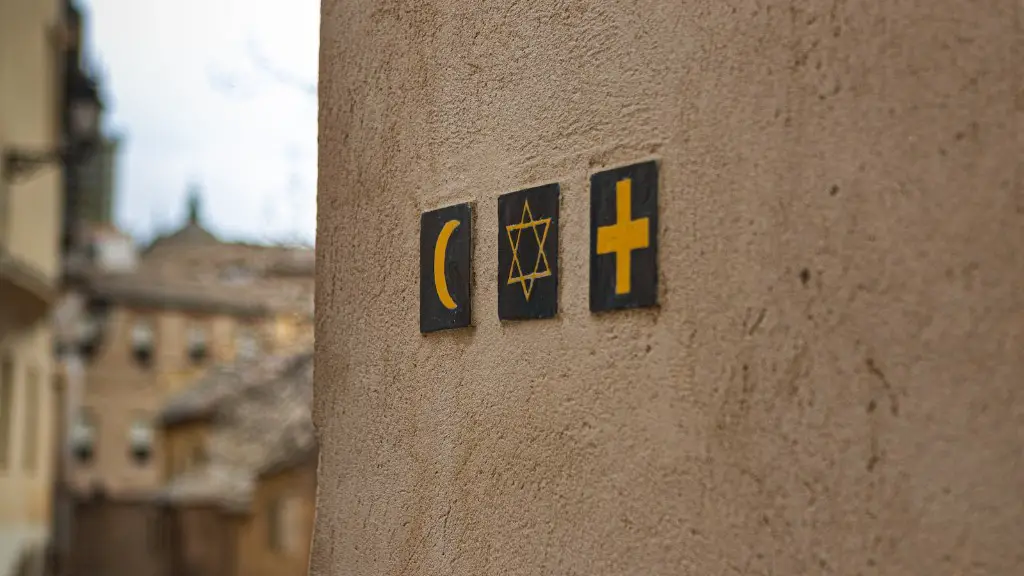What Is The Symbol For Hinduism
Hinduism is the oldest surviving religion in the world, and it is deeply embedded in the culture of India and its people. Throughout centuries, it has been a cornerstone of life and spirituality in India, and its symbols are powerful representations of the faith and its beliefs. The most commonly used symbol for Hinduism is the symbol of the Om or Aum.
History of the Om Symbol
The Om symbol has been used in Hinduism and other Indian faiths for thousands of years, and is believed to have originated in the Vedic period. It is a symbol of the sacred Brahman, or the Absolute Soul that is believed to encompass all of reality. The Om symbol is often drawn in bright colors and placed on sacred objects, altar cloths, and walls of temples.
The Meaning of Om for Hindus
The sound of Om is believed to represent the beginning and end of the divine universe. The saying “Om Namah Shivaya” translates roughly to “adoration (of the divine)”, which is a fundamental element of the faith. Hindus chant the sound at ceremonies and rituals, and wear the symbol on jewelry and clothes as a sign of their faith.
The Sacred Meaning of Om
The sacred symbol of the Om is said to represent the past, present, and future, and is often used in guided meditations or spiritual chants. It is believed to represent the cycle of life, and create a sense of harmony and connection to the divine. Hindus often meditate on the Om symbol and its protected meaning, to gain insight and clarity into the meaning of life.
Significance of Om in Religion
The Om symbol is used in many spiritual practices and rituals. Hindus believe that meditating on the symbol opens the eye of wisdom, and helps to connect the believer to the divine oneness and understanding of the universe. The symbol is also used in mantras, prayers, and songs to invoke the grace and protection of the divine.
Om in Popular Culture
In recent years, the Om symbol has evolved from its traditional religious roots, and is becoming increasingly popular in modern society. Many companies are now incorporating the symbol into their designs, logos, and products, and celebrities and movies often feature the symbol.
The Power of Om
Hinduism is a source of strength, guidance, and wisdom for its believers. Its symbols echo throughout the ages, and the Om symbol is one of the most important and sacred symbols in the faith. Its beauty and allure have captivated believers and non-believers alike, and it continues to be a source of peace and inner strength for people around the world.
The Yogic Interpretation of Om
The practice of yoga is highly intertwined with Hinduism and its symbols. The Om symbol is often used in yoga, both on and off the mat. Yogis often use the Om as a focus point for their practice, chanting it in asanas or in meditations. It is believed to ground practitioners in the present moment, and create a serene and meditative atmosphere.
The Significance of Om in the Modern World
The power and beauty of the Om symbol continues to influence the world in many ways. It is seen as a symbol of peace, protection, and strength, and it is becoming increasingly popular in both religious and secular circles.
Conclusion
The symbol of Om is an ancient and powerful symbol of Hinduism, and its beauty and meaning continues to captivate modern audiences. It is a symbol of reverence and protection, and remains an important part of the faith. The power and beauty of the symbol continues to inspire people around the world, and its popularity is only increasing with each passing day.
